History, heritage and culture flows from our rivers
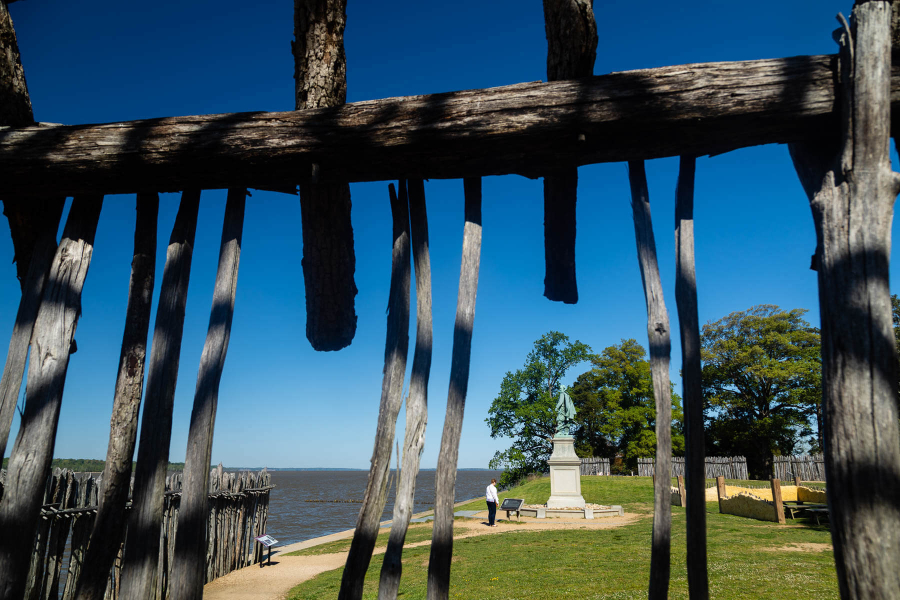
Put together, the hundreds of thousands of rivers and streams in the Chesapeake Bay watershed cover some impressive ground. Remnants of early civilizations, breathtaking geological features, booming city life, extensive wildlife and diverse communities flow from these rivers and into the Bay creating a great basin of culture and heritage. While there are endless wonders floating along these waterways, here are eight that best capture the collective spirit of our region.
1. Great Falls (Potomac River)
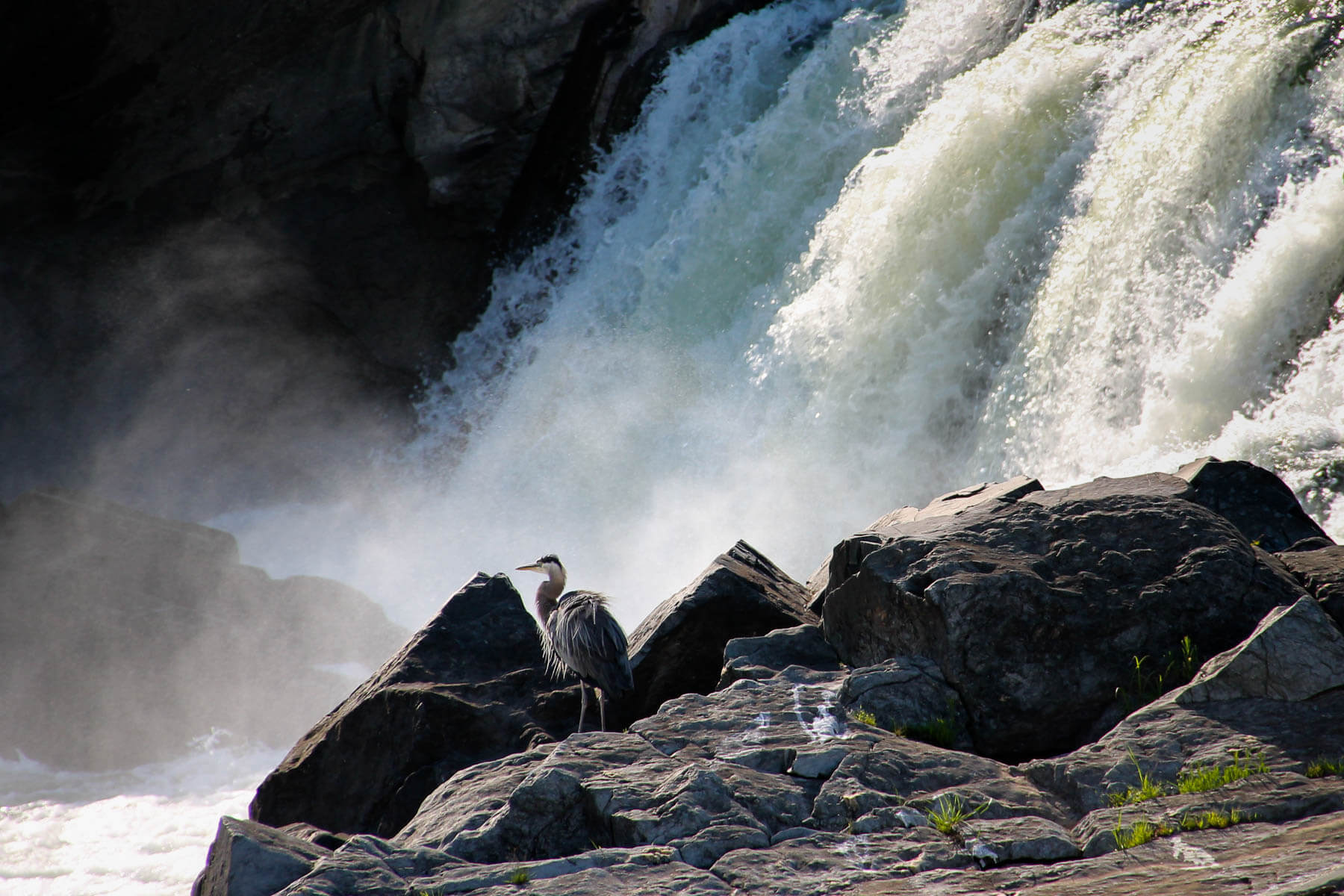
Among the troves of Washington D.C. tourists that come for the museums, monuments and political buildings, there exist another category of visitors: whitewater rafters. That’s because of Great Falls. Located on the Potomac River, Great Falls contains Class V rapids that are on the bucket-list for many extreme athletes. The river cascades over a series of 20-foot falls, dropping a total of 76 feet in elevation over a distance of less than one mile. It’s just 14 miles from the nation’s capital—George Washington himself lived not too far away; which begs the question, was our founding father gnarly enough to descend the rapids?
2. Early and Modern Societies (James River)
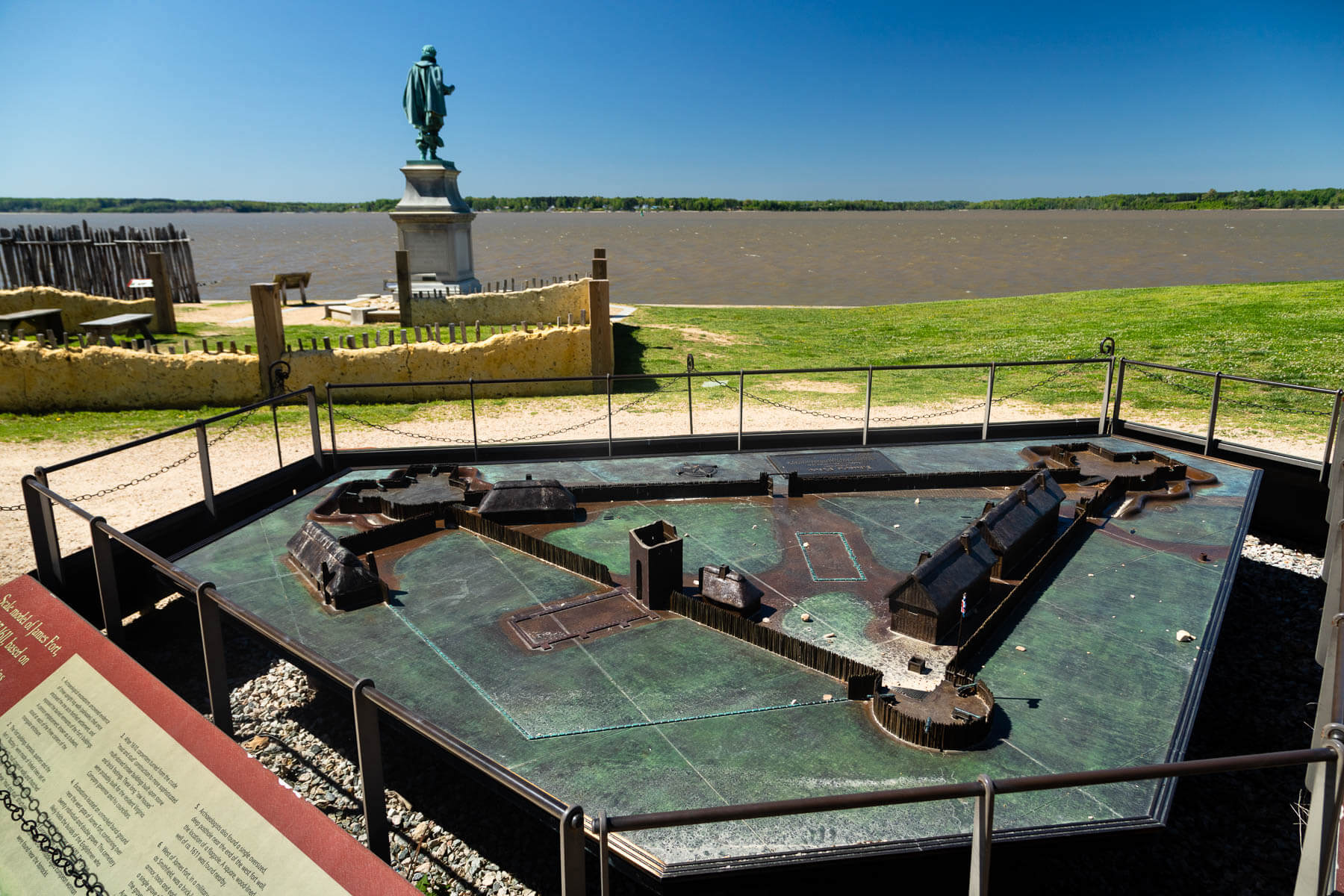
The James River has always meant a lot to the people living alongside it. Sixteen thousand years before European colonists arrived, it was home to indigenous tribes who relied on the waterway for food, transportation and defense. In 1607, English colonists settled Jamestown there, making it the first permanent colony from Great Britain. Traces of both societies can be found near the water and are celebrated through various museums and annual events. Today, the river remains an indelible part of life for Virginians, especially those living in Richmond, which in 2012 was named the Best River Town in America by Outside Magazine.
3. Baltimore Harbor (Western Shore)
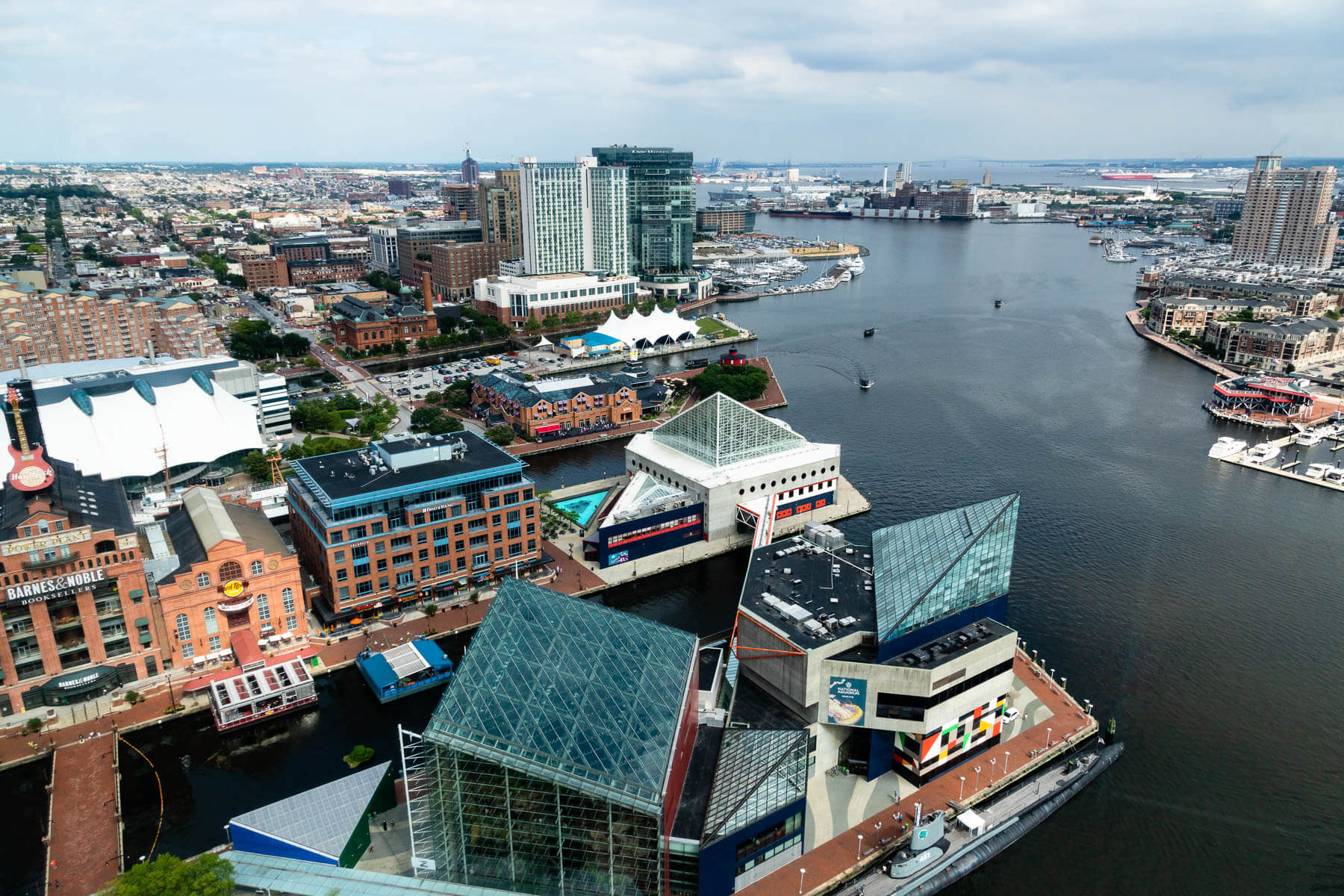
After weaving its way through the parks and public lands of the Bay’s western shore, the Patapsco River settles at Baltimore’s Inner Harbor—the cultural epicenter of the city and the basis of its deep maritime roots. Thanks to the Patapsco’s presence, the harbor houses historic Navy vessels, kayak tours, the Downtown Sailing Club, the Baltimore Maritime Museum, renowned seafood restaurants and a sprawl of other historic harbor fronts. The area is protected by the Waterfront Partnership, an innovative environmental initiative best known for its world-famous pollution reducing invention: Mr. Trash Wheel.
4. Fones Cliff (Rappahannock River)
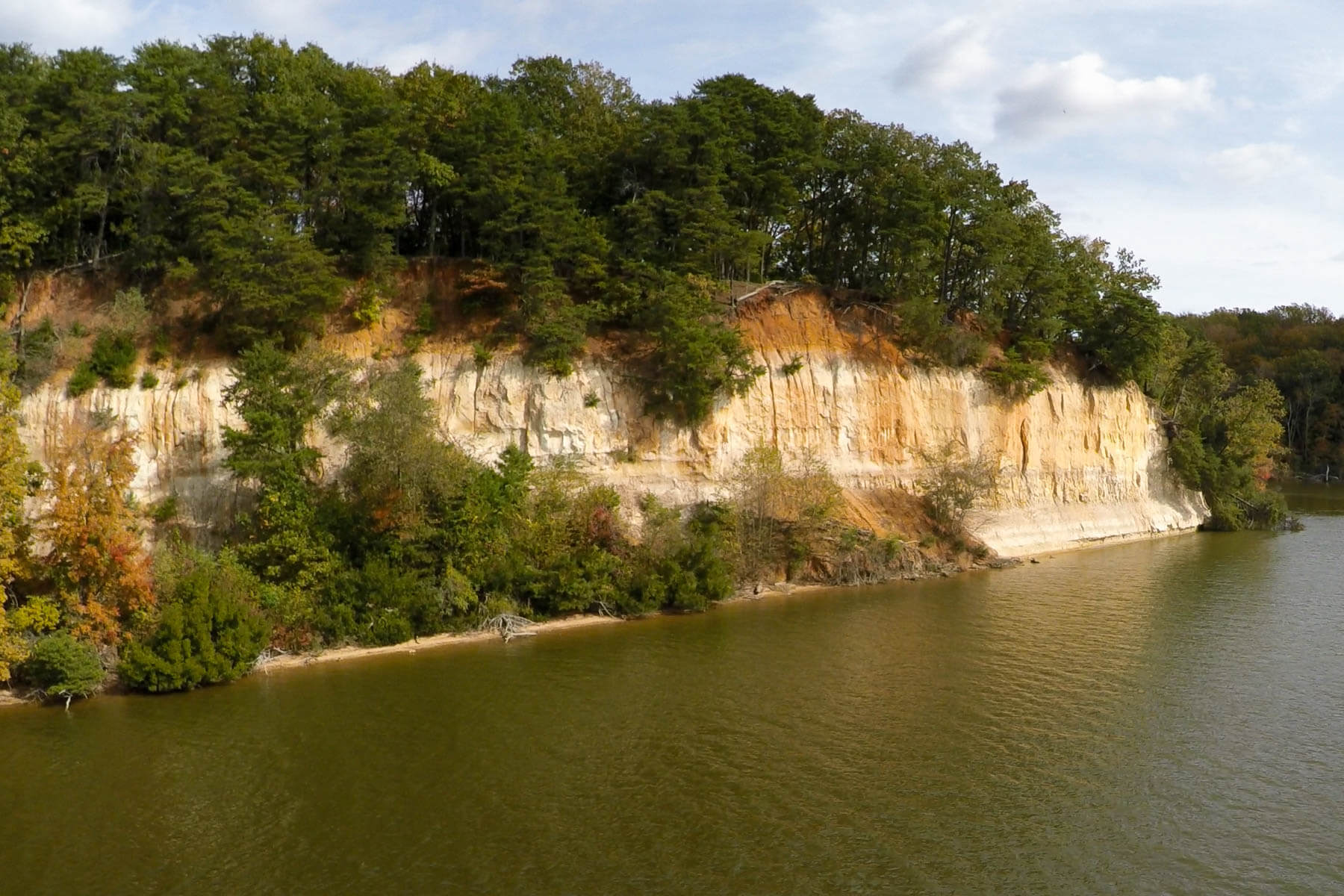
The massive, four-mile long Fones Cliff is a sight to behold for anyone traveling down the Rappahannock River in Virginia. As is often the case with prominent natural landmarks, Fones Cliffs can count millions of years’ worth of birthdays. It was first formed when all the territory around it was underneath the sea; you can still find shark teeth and large sea scallops inside the cliffs. Looking down from the cliff's walls is a sprawling community of bald eagles—one of the largest on the entire East Coast. In 2019, 252 acres of the area were added to the Rappahannock River Valley National Wildlife Refuge for permanent protection.
5. Blackwater National Wildlife Refuge (Eastern Shore)
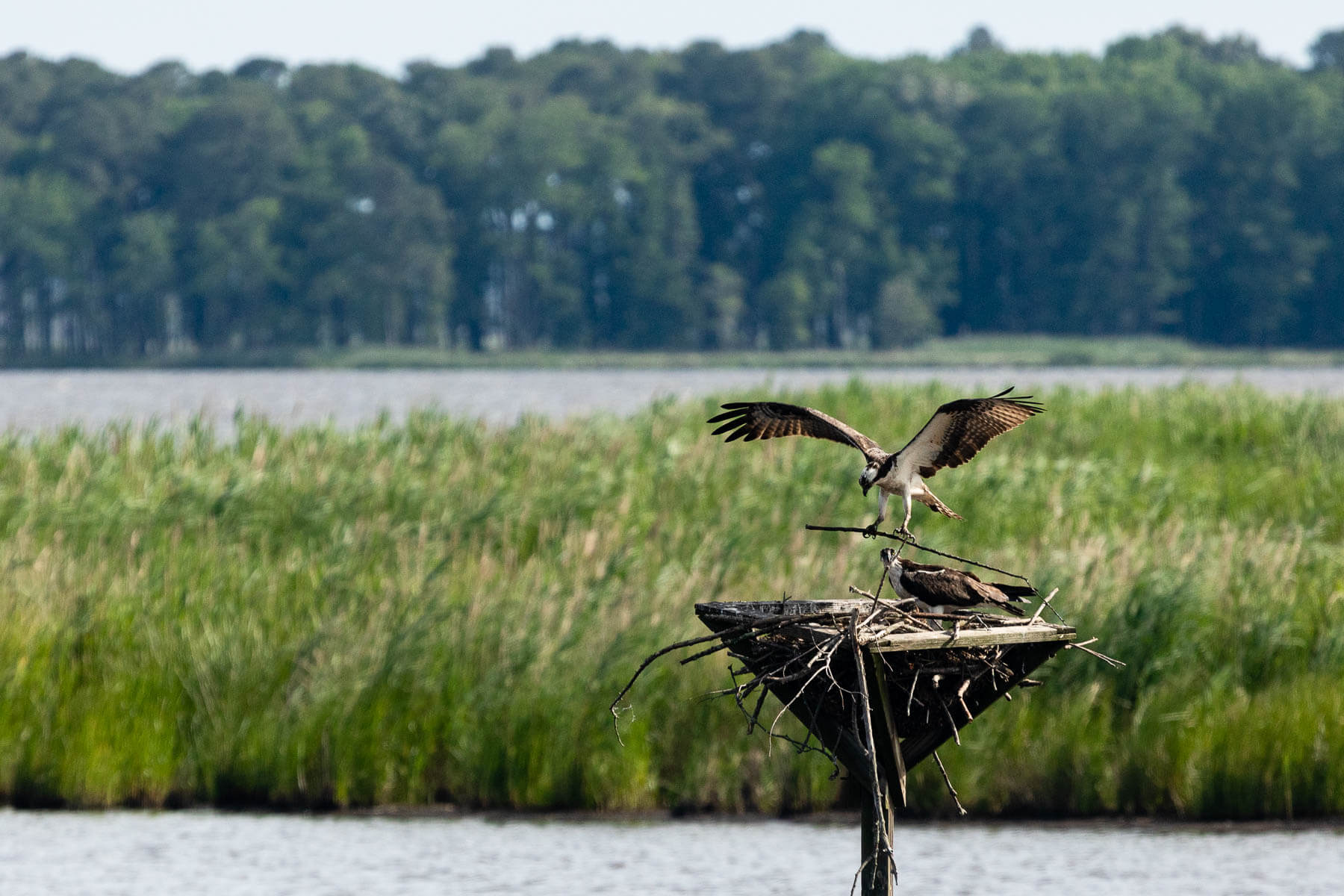
Migrating birds need places to rest, and one of the nation’s most popular pitstops is right near the Nanticoke River on the Eastern Shore. Established in 1933, Blackwater National Wildlife Refuge spans more than 28,000 acres and encompasses nearly one-third of Maryland’s tidal wetlands. This is a prime location for birds migrating along the Atlantic Flyway to rest and eat up before continuing their journey. The sanctuary is also open to visitors looking to hike, paddle, hunt, bird-watch and take part in many other outdoor activities.
6. Werowocomoco (York River)
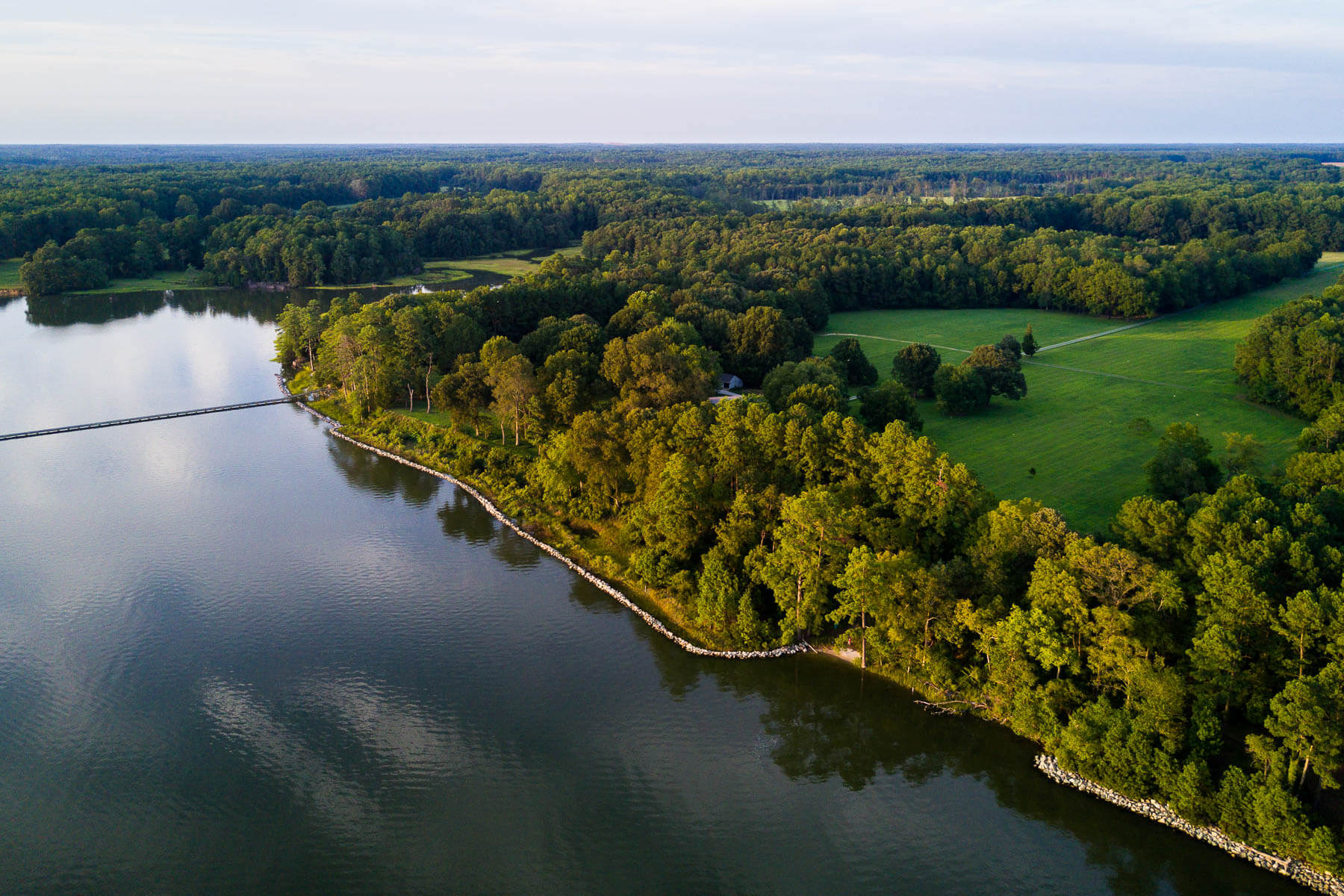
We’ve grown up with the story of John Smith, Pocahontas and the indigenous Powhatans, but it wasn’t until 2001 when we discovered exactly where it all took place. In that year, archaeologists found the site of Werowocomoco, the headquarters of the Powhatans, positioned on an elevated piece of land on the York River. The village served as home base for the Powhatans (an alliance of Algonquian-speaking people in Virginia) and was where they first encountered John Smith in December,1607. The site is now protected by the National Park Service and still in the planning stages to open to the public, although it can be visited by paddle, boat or virtual tour.
7. Bernie Fowler’s Wade-In (Patuxent River)
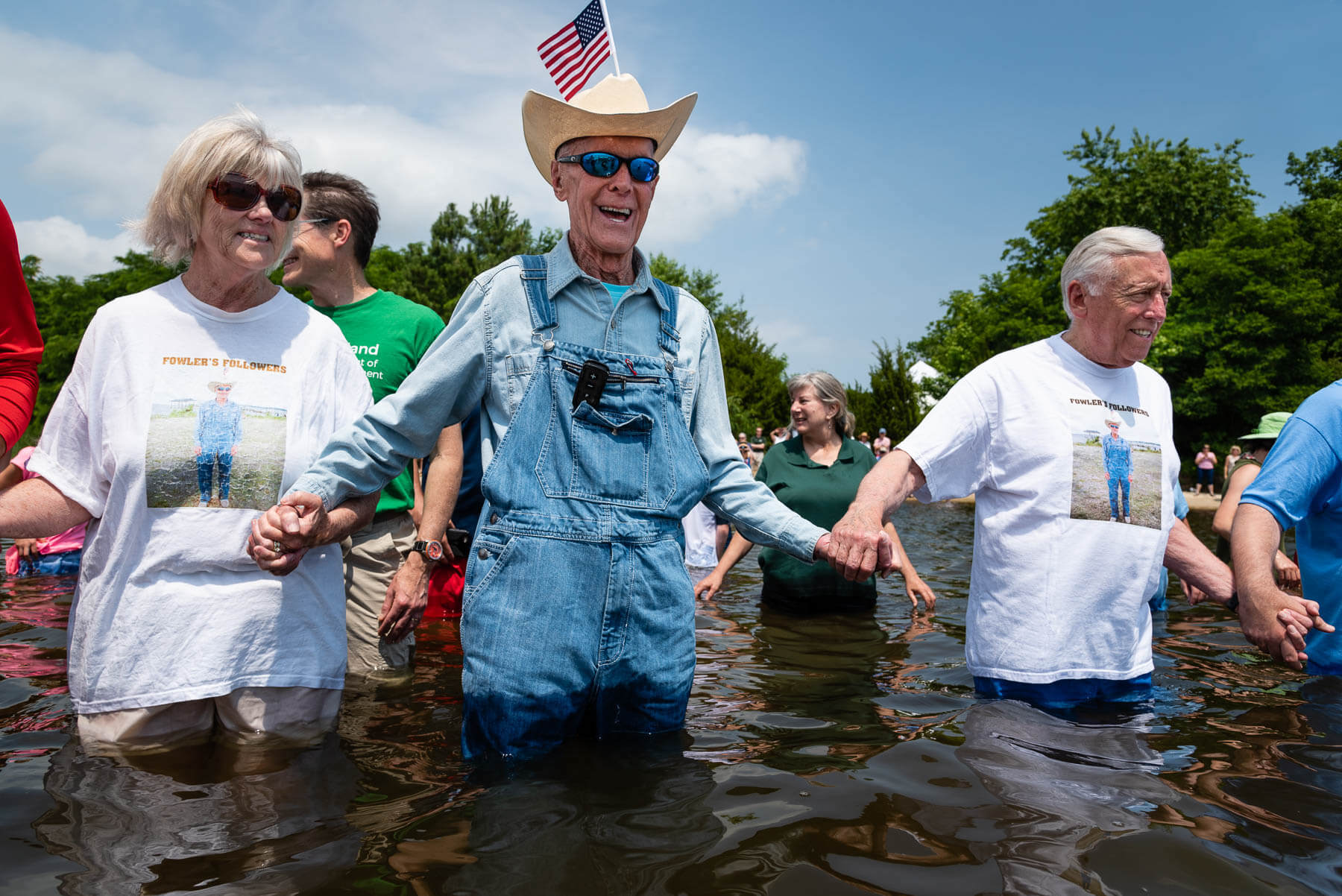
Sometimes, a single person can best capture the spirit of a river. That’s the case with former Maryland State Senator Bernie Fowler, an environmentalist who has spent his entire life loving and fighting for the protection of the Patuxent River. In his heyday, Fowler showed unfaltering support for water quality in the Chesapeake, introducing impactful legislation, leading grassroots clean-up efforts and generally advocating for the health of the Bay. Every year since 1988, Fowler hosts the Patuxent River Wade-In, in which the former senator wades into the Patuxent River and measures how far he can get until the water isn’t clear enough to see his sneakers—known as the “sneaker index.” There was a time when Fowler could wade up to his chest before his feet disappeared—the measure of 57 inches from the 1960s is the benchmark for a restored Patuxent River.
8. River races (Susquehanna River)
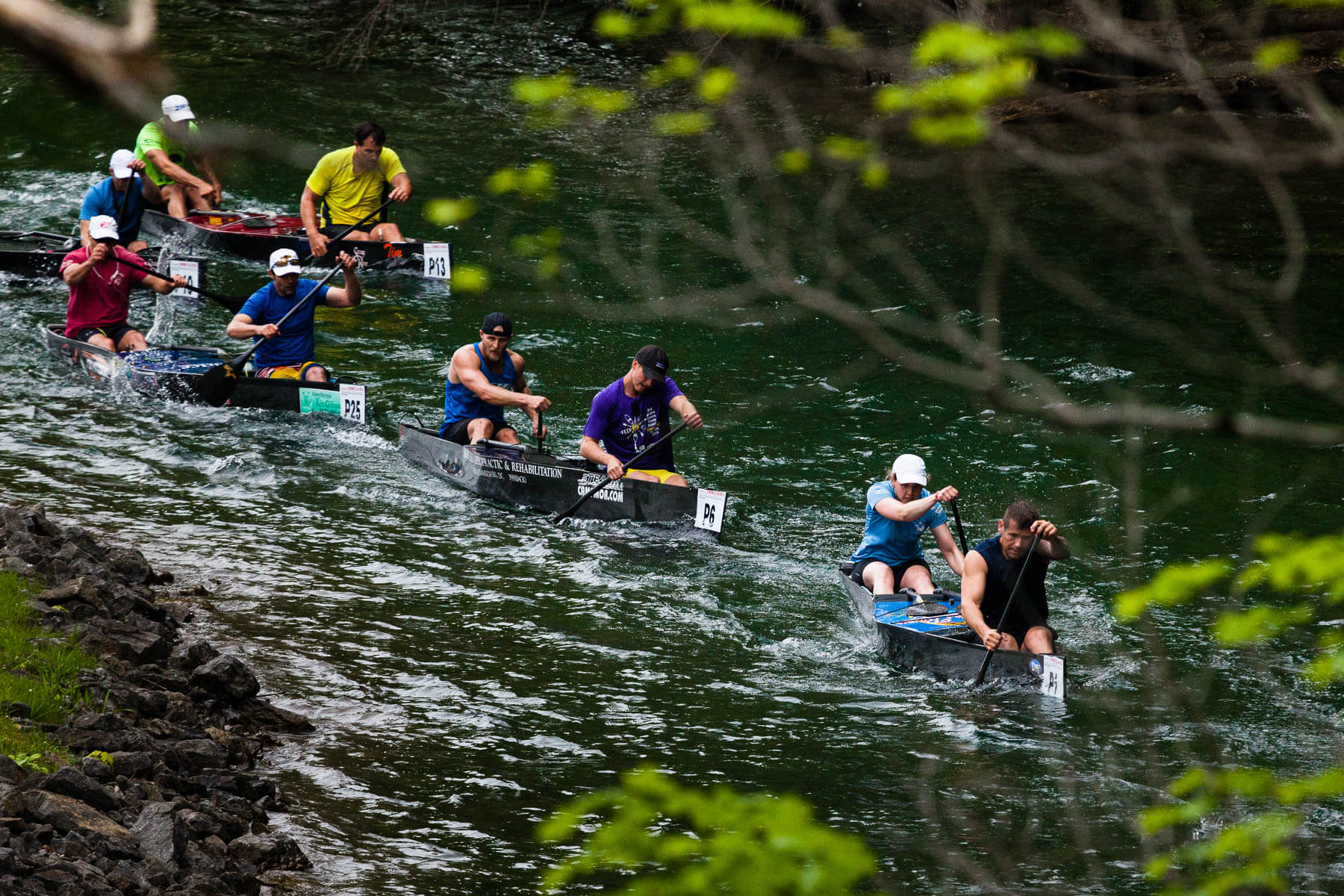
The 444-mile long Susquehanna River boasts countless areas of natural beauty, so why not take them all in through one fell swoop? Each year, fearless men and women kayak, paddle and canoe down long lengths of the river for charity, prizes and general bragging rights. The world’s longest single day flat water canoe race, the Clinton Canoe Regatta, takes participants from Cooperstown, New York to Bainbridge, Pennsylvania. In 2020, a military veteran paddled down all 444 miles to raise money for Stop Soldier Suicide. Many other smaller races take place from the river’s start in New York to its endpoint at the Chesapeake Bay.
Which Chesapeake river features would be on your list? Let us know in the comments below!

Comments
There are no comments.
Thank you!
Your comment has been received. Before it can be published, the comment will be reviewed by our team to ensure it adheres with our rules of engagement.
Back to recent stories